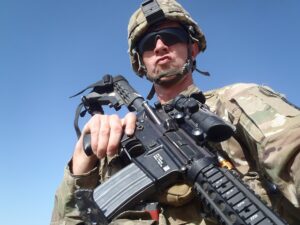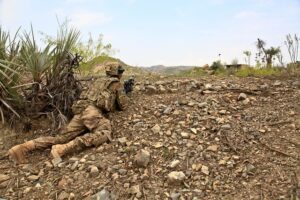
When disaster strikes, the immediate aftermath can plunge affected areas into darkness, both literally and figuratively. In such critical moments, the role of flashlights for search and rescue operations becomes indispensable. This article sheds light on the importance of reliable emergency lighting, detailing key features to prioritize for optimal performance in disaster zones. From high-intensity beam flashlights illuminating the path in post-disaster scenarios to the critical analysis of battery life and power efficiency for sustained search operations, we explore the technical aspects that make certain models indispensable. Additionally, the importance of durability and weather resistance in enhancing flashlight performance during catastrophic events is highlighted. Infrared and night vision capabilities are also examined for their potential to save lives by increasing visibility in the most challenging conditions. Through real-world case studies, we demonstrate how these tools have proven their worth in search and rescue operations, underscoring their essential nature in disaster response efforts.
- Understanding the Importance of Reliable Flashlights in Search and Rescue Missions
- Key Features to Consider in Emergency Lighting for Disaster Zones
- The Role of High-Intensity Beam Flashlights in Post-Disaster Scenarios
- Battery Life and Power Efficiency: A Critical Analysis for Sustainable Search Operations
- The Impact of Durability and Weather Resistance on Flashlight Performance in Disasters
- Infrared and Night Vision Capabilities: Enhancing Search and Rescue Visibility
- Case Studies: Real-World Examples of Flashlights Saving Lives During Catastrophic Events
Understanding the Importance of Reliable Flashlights in Search and Rescue Missions

Flashlights for search and rescue operations serve as indispensable tools in disaster zones, where visibility can be drastically reduced due to environmental conditions or the aftermath of calamities. Reliability is paramount when selecting flashlights for these missions; they must operate consistently under harsh conditions that often accompany disasters such as earthquakes, hurricanes, and floods. The best flashlights are engineered with high-quality LED technology, offering a bright, focused beam that can illuminate dark environments, penetrate debris, and assist rescue teams in locating individuals in need of assistance. These devices are not only critical for navigating through unlit spaces but also for signaling and communicating among team members over distances where visual contact would otherwise be impossible. Their durability is equally important; the construction must withstand impacts, water exposure, and the rigorous use that characterizes search and rescue operations. Moreover, features such as adjustable brightness settings, a robust design, and long-lasting batteries enable these flashlights to adapt to various scenarios, from searching through dense foliage to probing the rubble for survivors. The dependability of these flashlights directly impacts the effectiveness of rescue missions, making them an essential component in the arsenal of any search and rescue team operating in disaster-stricken areas.
Key Features to Consider in Emergency Lighting for Disaster Zones

When selecting emergency lighting for disaster zones, particularly for search and rescue operations, key features become paramount to ensure effectiveness and safety. Flashlights designed for this purpose must be robust and durable to withstand harsh conditions that are often encountered in such environments. They should be built with high-impact resistant materials to endure drops or being struck against hard surfaces. Additionally, these flashlights need to have a reliable waterproof rating to function under wet conditions, which are common in disaster scenarios.
High-intensity LED technology is essential for illumination that can cut through darkness, revealing potential hazards or assisting in locating individuals in need of assistance. The beam should be focused and far-reaching, yet capable of providing a close-up light source when needed. A feature that allows for multiple light modes, such as high, medium, and low settings, extends battery life and provides versatility depending on the situation’s demands. Furthermore, flashlights for search and rescue operations must have long-lasting batteries or be rechargeable to ensure they remain operational for extended periods during prolonged missions. Ergonomic design is also crucial for the comfort and ease of use by rescuers who may be operating in physically demanding conditions. Lastly, a user-replaceable battery feature not only enhances usability but also allows for continuous operation when additional batteries are available. Considering these features ensures that emergency lighting serves as a dependable tool in disaster zones, aiding search and rescue teams in their critical mission to save lives.
The Role of High-Intensity Beam Flashlights in Post-Disaster Scenarios

In post-disaster scenarios, where visibility can be significantly compromised by natural calamities such as earthquakes, hurricanes, or tsunamis, high-intensity beam flashlights play a pivotal role in facilitating search and rescue operations. These specialized flashlights, engineered with powerful LEDs, are designed to illuminate vast areas with a concentrated light, penetrating darkness that can hinder the progress of first responders and rescuers. The intensity and reach of their beams enable quick identification of potential victims trapped under debris or in darkened buildings. Flashlights for search and rescue operations must meet stringent durability standards, as they are often deployed in unpredictable conditions ranging from waterlogged environments to ruins filled with dust and debris. Their robust construction and long battery life ensure that rescuers have a dependable light source during extended missions. The high-intensity beam not only guides the way but also allows for the detection of fine details, which can be critical in locating survivors and assessing their condition. Furthermore, these flashlights are often equipped with multiple modes, including strobe and SOS signals, enhancing their utility in signaling to other team members or deterring potential hazards. Incorporating flashlights for search and rescue operations with high-intensity beams into disaster preparedness kits is essential for emergency personnel to navigate the chaotic aftermath of a disaster effectively and safely.
Battery Life and Power Efficiency: A Critical Analysis for Sustainable Search Operations
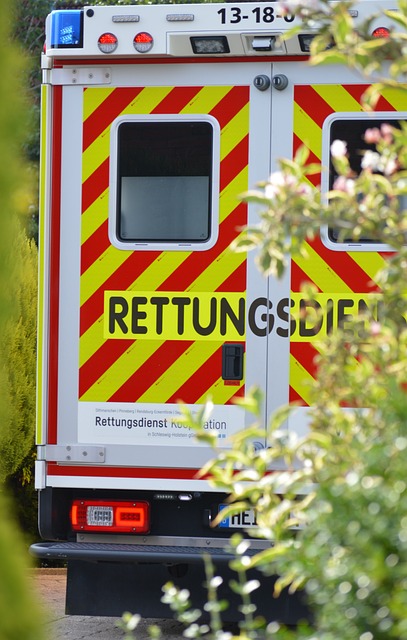
In the critical context of search and rescue operations, the reliability of emergency lighting is paramount, especially in disaster-stricken zones where infrastructure may be compromised. Flashlights for search and rescue operations must prioritize battery life and power efficiency to ensure they remain operational when needed most. The longevity of a flashlight’s battery not only saves lives by illuminating the path for rescuers but also conserves resources during prolonged missions. Manufacturers have responded to this need by integrating advanced technologies such as LEDs, which provide brighter and more energy-efficient light than traditional bulbs. These LED systems, when combined with energy-saving circuits, can significantly extend the operational time of flashlights, making them indispensable tools in the hands of first responders. The efficiency of these devices is further enhanced by their ability to adjust brightness levels, allowing users to conserve power during casual observation and deploy higher lumen outputs when navigating challenging environments or locating individuals beneath debris.
Power efficiency in flashlights for search and rescue operations is not a mere convenience but a critical design feature that influences the success of missions. The ability to sustain light output over extended periods without the need for frequent battery changes or recharging means that rescuers can focus on their primary objective—saving lives—without being hindered by equipment limitations. The selection of high-capacity batteries, coupled with efficient power management systems, ensures that these flashlights remain dependable under the most adverse conditions. As a result, search teams can conduct operations over longer durations, increasing the likelihood of successful outcomes and reducing the risk of exposure for personnel in disaster zones. The balance between battery life and power efficiency in emergency lighting is therefore not just a design challenge but a lifesaving necessity that must be addressed to support sustainable search operations.
The Impact of Durability and Weather Resistance on Flashlight Performance in Disasters
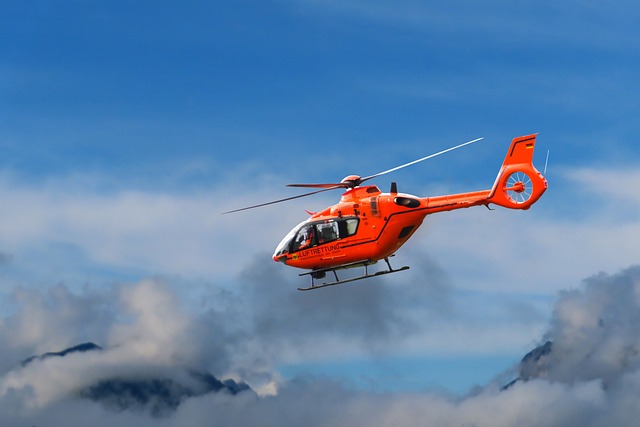
Infrared and Night Vision Capabilities: Enhancing Search and Rescue Visibility
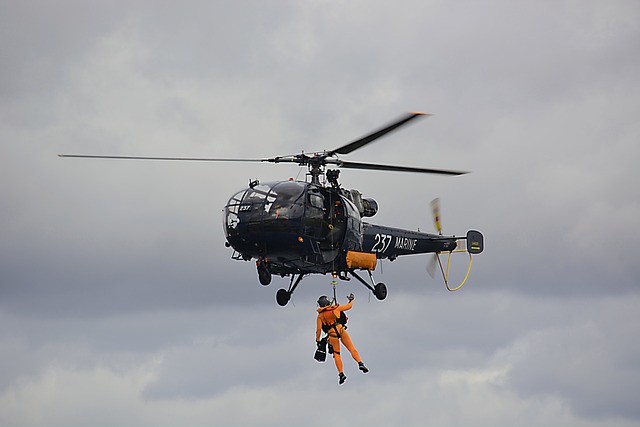
During disaster scenarios, where visibility is often limited or nil, emergency responders rely heavily on specialized equipment to navigate and locate survivors effectively. Flashlights for search and rescue operations equipped with infrared and night vision capabilities are pivotal in these situations. These advanced features allow first responders to distinguish between various surfaces, identify potential hazards, and observe the body language of individuals who may be trapped under debris or in dark environments. Infrared technology enhances the ability to detect heat signatures, which is crucial for locating victims who might otherwise remain undetected. Night vision capabilities, on the other hand, amplify available light to reveal a clearer image in near-darkness, enabling rescuers to read surroundings and terrain with more precision. This combination of technologies not only improves the efficiency of search patterns but also ensures the safety of both the victims and the responders by reducing the risk of accidents due to navigation in unfamiliar or compromised environments. These flashlights are indispensable tools for search and rescue operations, offering a significant advantage over traditional lighting methods during critical missions.
Case Studies: Real-World Examples of Flashlights Saving Lives During Catastrophic Events
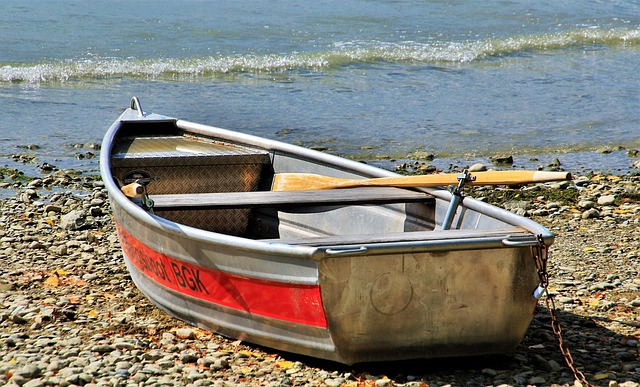
During catastrophic events, such as earthquakes, hurricanes, and terrorist attacks, emergency response teams rely heavily on reliable equipment to navigate through perilous conditions. Flashlights for search and rescue operations serve as critical tools in these scenarios, providing illumination that can mean the difference between life and death. A case in point is the 1985 earthquake in Chile, where flashlights were instrumental in locating survivors buried under rubble. The beams of light not only guided rescuers through darkened areas but also helped in maintaining a clear path for medical teams to reach casualties swiftly and safely. Similarly, during the devastating tsunami in Indonesia in 2004, flashlights were indispensable in search efforts. Their compact and durable design allowed first responders to carry them easily in their gear, ensuring they could continue operations even after daylight hours. The reliability of these devices was further evidenced during the Fukushima Daiichi nuclear disaster in 2011. Amidst the chaos and radioactive contamination, flashlights provided the necessary visibility for teams to perform critical tasks, such as checking on reactor conditions and locating missing personnel. These real-world examples underscore the importance of flashlights equipped with high-quality LEDs, long-lasting batteries, and robust construction in search and rescue operations during disasters. They are not just tools but a lifeline for emergency responders navigating through the darkness that often accompanies catastrophic events.




